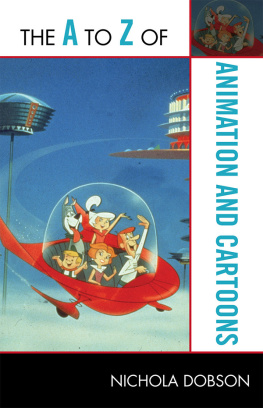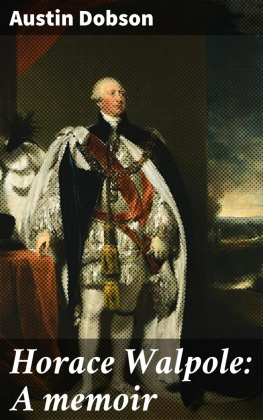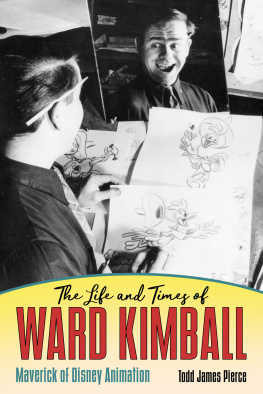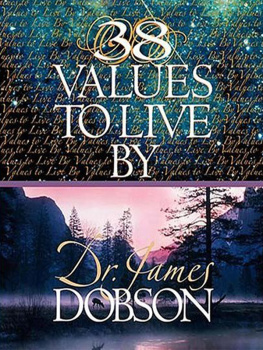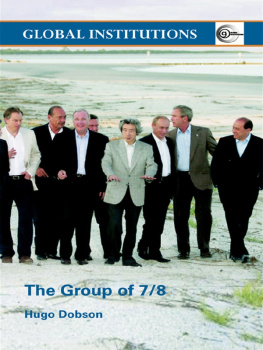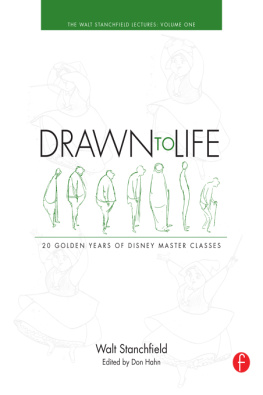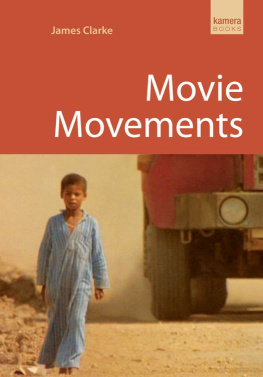NORMAN McLAREN
For Jonny, Alvy & Luka
Animation: Key Films/Filmmakers
Series Editor: Chris Pallant
Titles in the Series:
Toy Story: How Pixar Reinvented the Animated Feature edited by Susan Smith, Noel Brown and Sam Summers
Princess Mononoke: Understanding Studio Ghiblis Monster Princess edited by Rayna Denison
Norman McLaren: Between the Frames by Nichola Dobson
NORMAN McLAREN
Between the Frames
Nichola Dobson
Bloomsbury Academic
An imprint of Bloomsbury Publishing Plc

Contents
Chapter 1
PERSONAL LIFE
Chapter 2
STIRLINGS SONS
Chapter 3
WORLD TRAVELLER
Chapter 4
INFLUENTIAL ARTS
Chapter 5
COLLABORATIONS
Chapter 6
A COMPLICATED MAN
All permissions courtesy of University of Stirling, unless otherwise stated.
I would like to thank the following people who have made this book possible: my husband, Jonny, without whose support I would never have been able to complete this work, and my family and friends for their unending patience while I relayed Norman McLarens stories after each research trip. I would like to thank Karl Magee, archivist at the University of Stirling for all his wonderful help and support over the last seven years this book would not have been possible without him (and the universitys amazing archive); and also his colleagues Sarah Bromage and Jane Cameron for their encouragement and help. At Edinburgh College of Art, thanks go to my colleagues, Glyn Davis for his continued support and help and coffees) and Jonny Murray, Alan Mason, Neil Kempsell and Jared Taylor for their advice over the last four years. I would also like to thank David Lloyd Glover for the great information and images of his uncles. Thanks to Donald McWilliams for the extra bits of information, access to Creative Process and the encouragement. Thanks also to Iain Gardner for sharing the McLaren legacy journey. I would also like to acknowledge my friends in the Society for Animation Studies for their continued support and excellent and inspiring work. Finally thanks to my editor Chris Pallant and the team at Bloomsbury for their guidance and patience.
Born on 11 April 1914, Scottish animator Norman McLaren was celebrated on his centenary in Scotland and his adopted homeland of Canada in 2014. As one of the founding members of the National Film Board (NFB) of Canada, McLarens prolific output over a forty-year career makes him one of the better-known artists to have worked there. His biography is available on their website and in particular, promoted in his centenary year.
That his name is well known in the context of the NFB is of some significance as is his part in the history of animation, but less so in any history of Scottish filmmaking. He is certainly less well known in Scotland, though much of the centenary has attempted to address this with some success.
What is commonly known of his biography is his love of music and dance, his early life at the Glasgow School of Art, his move to London at the invitation of fellow Scot John Grierson (a significant figure throughout his life), a move to New York and then his post at the NFB where he would settle and remain for the rest of his career and life. This information is widely available on several websites and is covered in much detail in a number of key texts such as the Don McWilliams 1990 documentary, Creative Process and the 2006 Terence Dobson monograph, The Film Work of Norman McLaren.
This book takes a very different approach to the more traditional chronological biography. It was felt that the most common or obvious information was already widely available and as such any repetition of this should be avoided. Likewise, traditional biographical formats may work for some subjects, but when the research uncovered a wealth of McLarens own correspondence, it made sense to let him speak in his own words. Not strictly a collection of letters then, this book uses excerpts from correspondence in some of the key moments of McLarens life, organized thematically to try and capture a sense of his own feelings and explore more about the people, places and experiences which undoubtedly affected the content of his forty-year filmic output. He was a pioneer in many aspects of his practice (and personal life) and this book should allow the reader to delve into much of this from McLarens own perspective.
Note
A series of events were held across Scotland, including a birthday party with a plaque unveiling in his family home; two gallery exhibitions; screenings as part of the Edinburgh International Film Festival; collaborative workshops; school workshops and academic symposia.
Before I left home to live in London, Mother and Father (especially Mother) made me promise to write a letter back home once a week. I think I pretty much kept my promise!
Throughout his life, Norman McLaren created a vast amount of correspondence, with friends, family and interested well-wishers. As noted in the opening quote, McLaren wrote a letter to his parents nearly every week from the time he left home in 1936. Prior to this, he would frequently communicate by postcard and short notes to his friends, outlining new ideas for films or simply to makes social plans.
A combination of archived letters from both the University of Stirling and National Library of Scotland form the basis of this book, looking at his life and practice in often candid detail for the first time. The letters towards the end of his life reveal that he was keen for his papers to be archived, at least in terms of newspaper clippings and technical notes and presumed that much of this would end up in Montreal or Ottawa. His brother Jack was responsible for organizing and ultimately archiving the personal papers in the town of his birth, aware of the interest in his brothers great legacy to scholars and the wider public. These technical notes are also archived but these personal letters have not been used before.
As well as writing to his parents every week, McLaren was also in frequent correspondence with Florence Biddy
Even with his protests to Russell, McLaren remained a prolific letter writer throughout his life. Later in his career he had secretarial support to respond to the numerous requests he got for information, but he would still write to his family. In this type of archival research there will undoubtedly be some gaps which could later be filled by more material being discovered, but the sheer volume of material available to me for this project has provided what I hope is a good starting point for this exploration of McLarens life.
Norman McLaren in Animation History
Despite the long history of animation and the relatively long period of study of the subject, there has been a dearth of writing on Norman McLaren. His centenary a new range of work, of which this book will be a part, but in identifying this lack in literature, I intend to address omissions and elaborate on some aspects of his life, which are generally overlooked.
In the late 1970s and early 1980s several articles that looked at McLarens work appeared, which are often referred to in other work of this period, but they are difficult to locate. Grierson and these will be discussed in a chapter dedicated to the relationship between the two pioneering Scots.
Cameraless Animation
McLaren is known as a pioneer of cameraless animation, that is, animation made directly on the film stock without the need to film the action separately. He utilized a number of different techniques including scratching marks onto the emulsion of the film to make the images and painting on the film stock. He created a special desk on which to work and measured out sections of film to correspond with sound or scenes.


